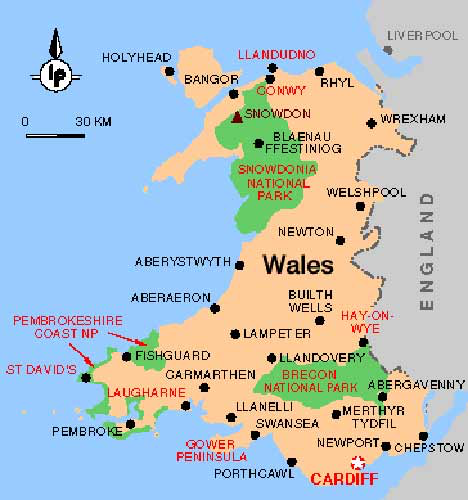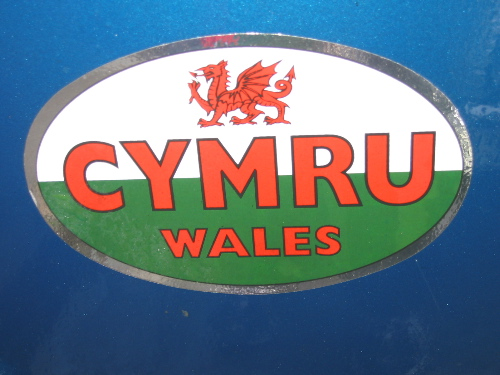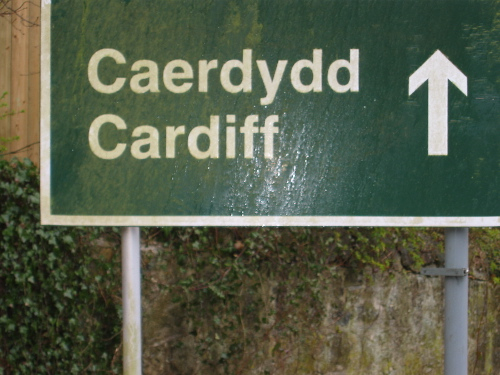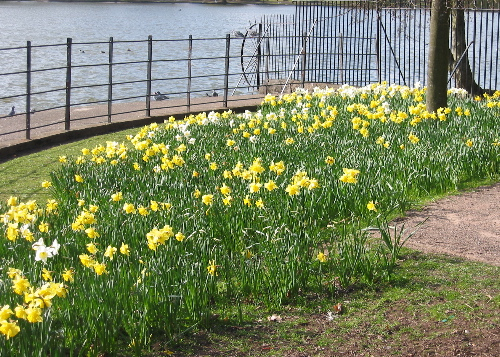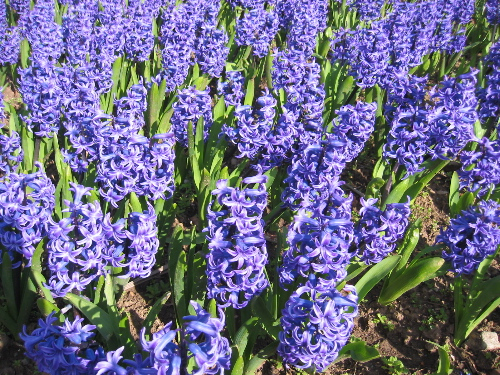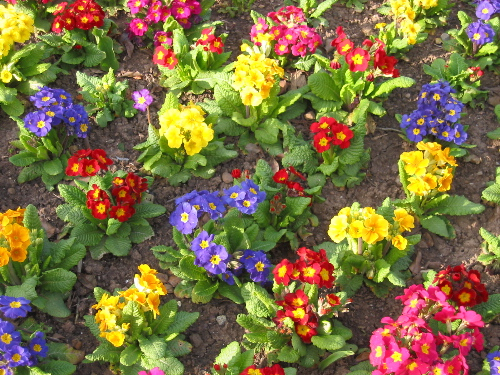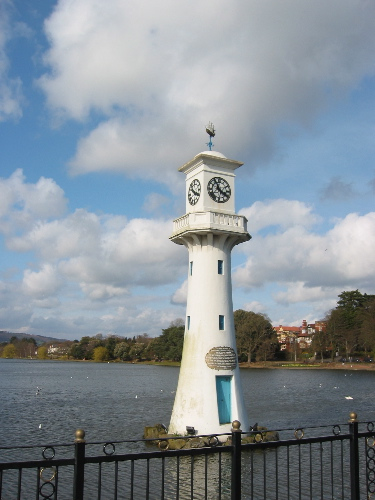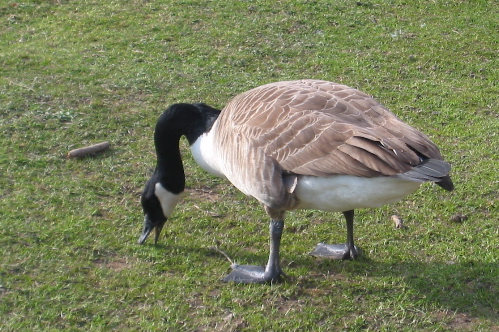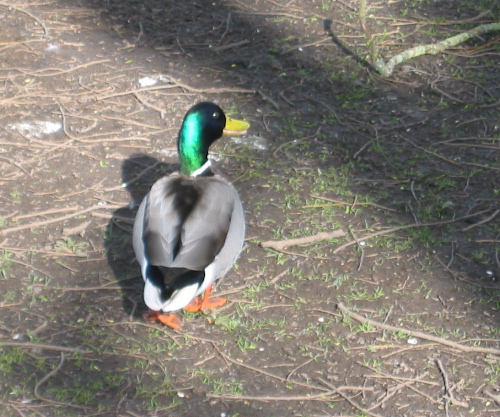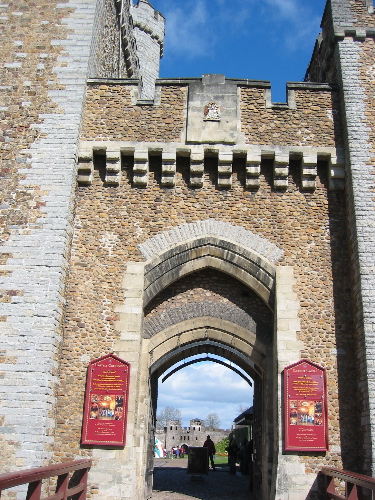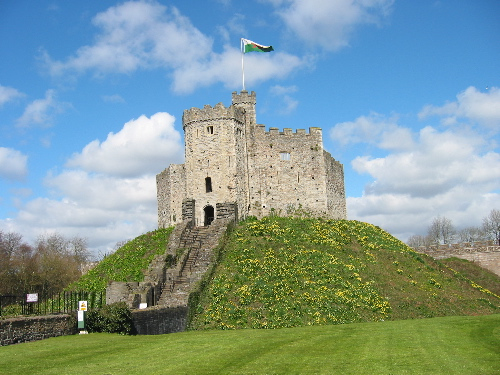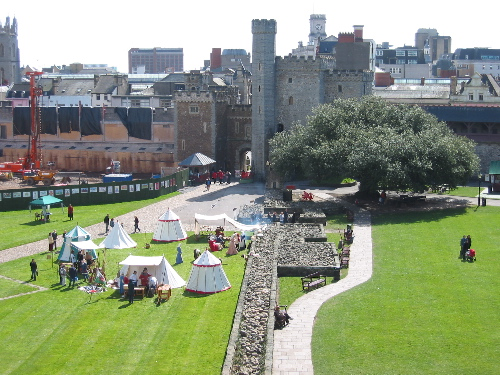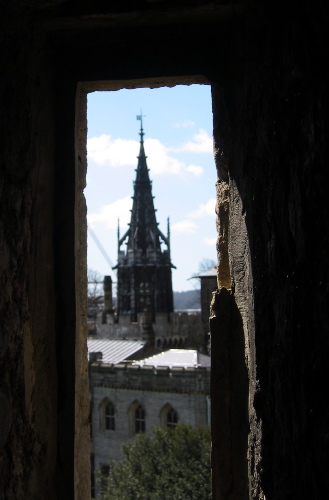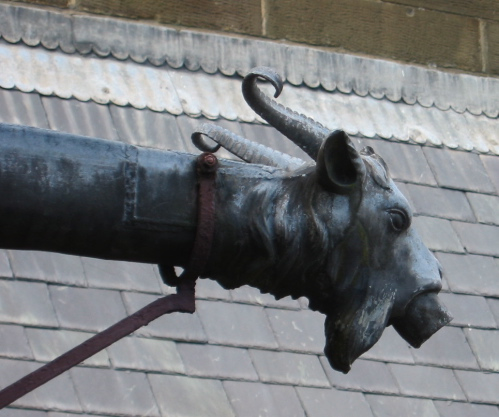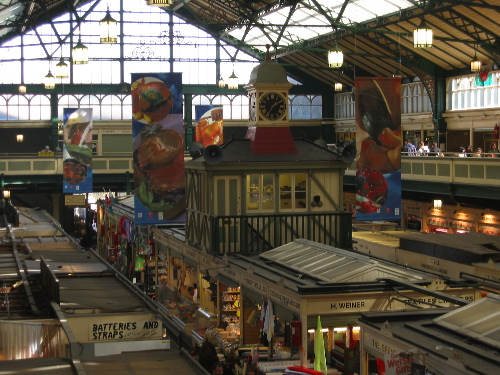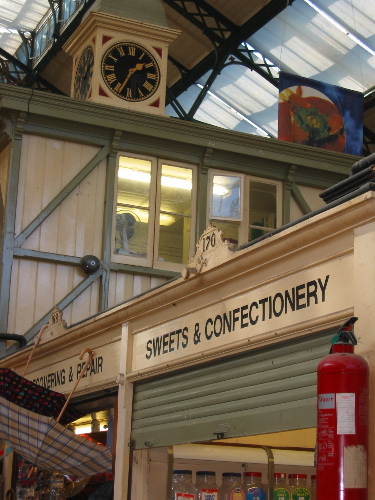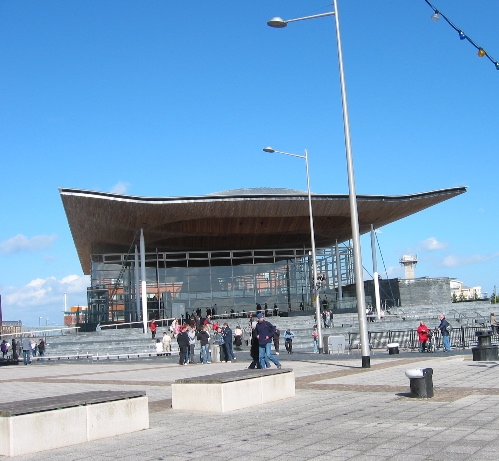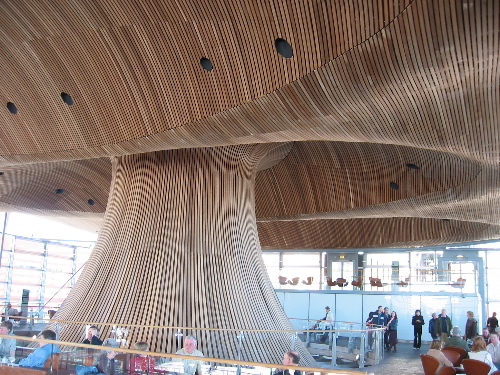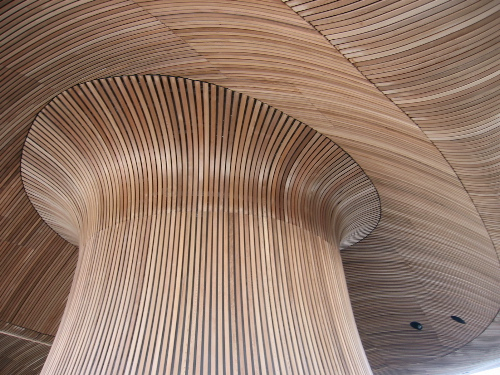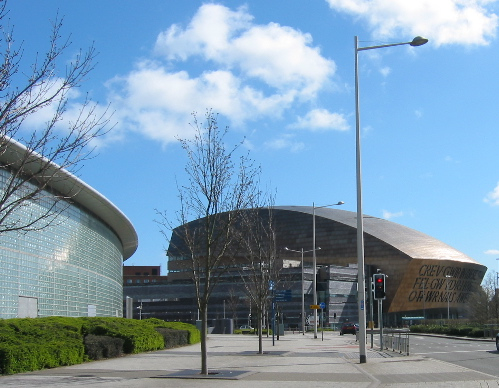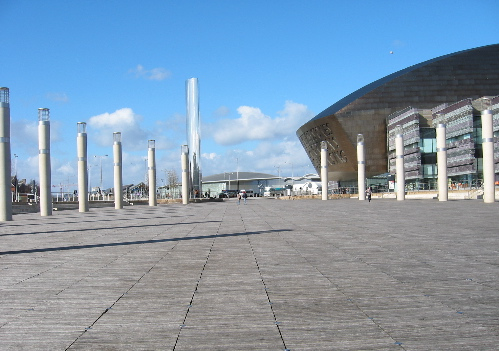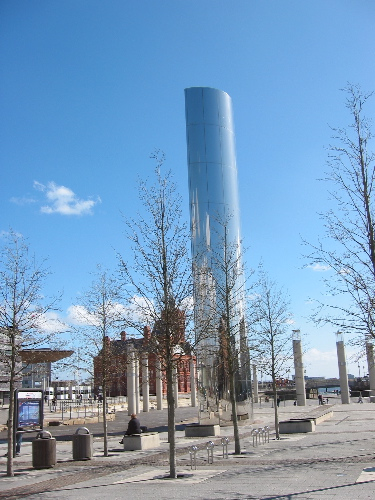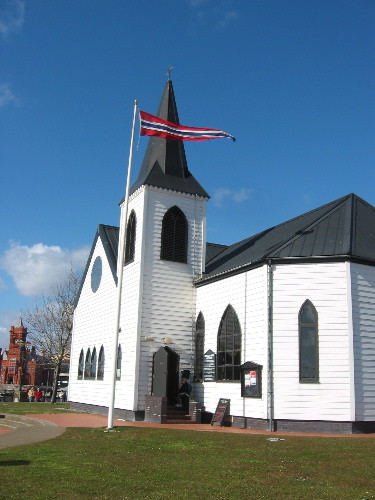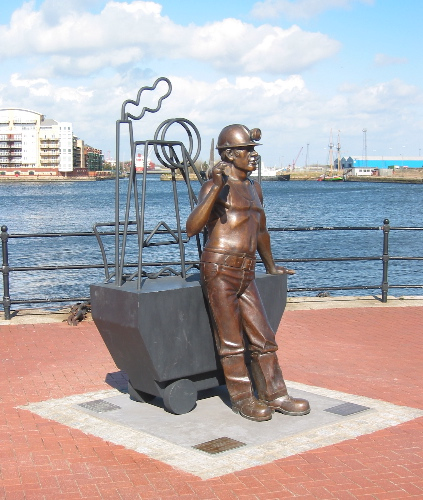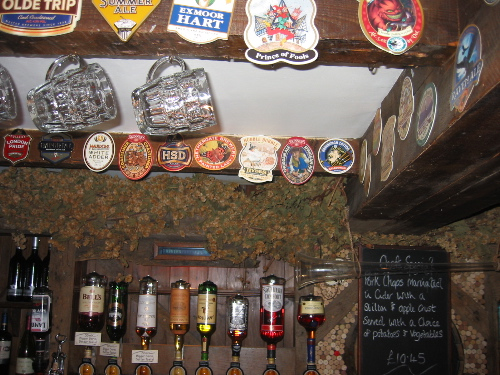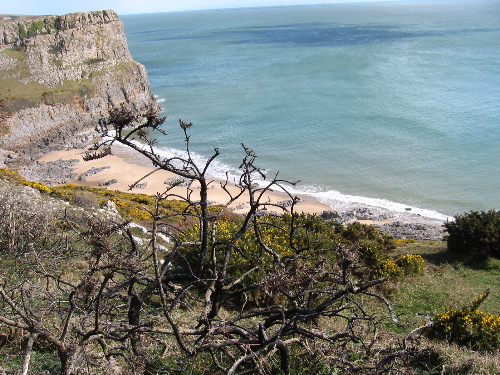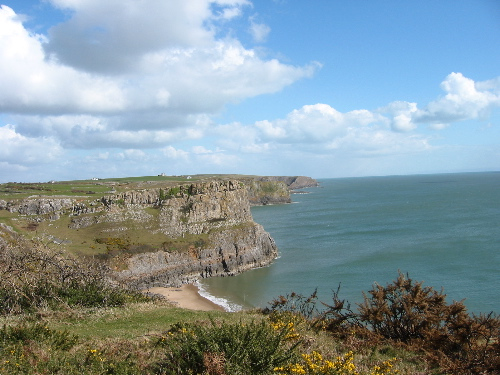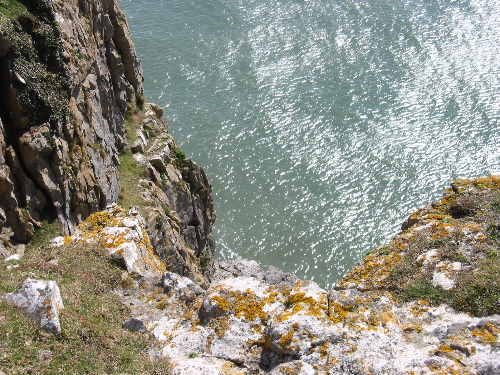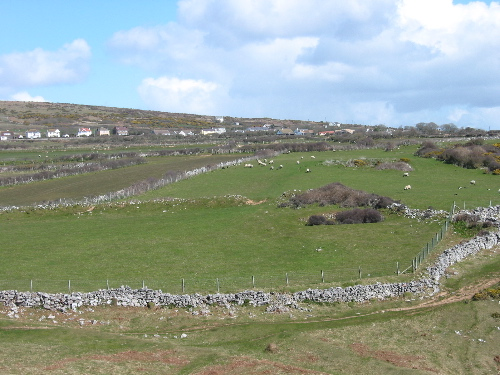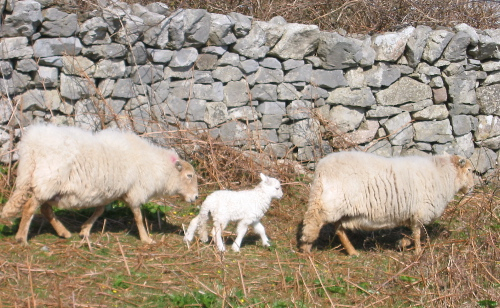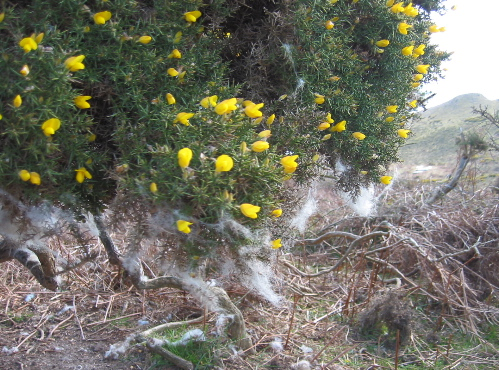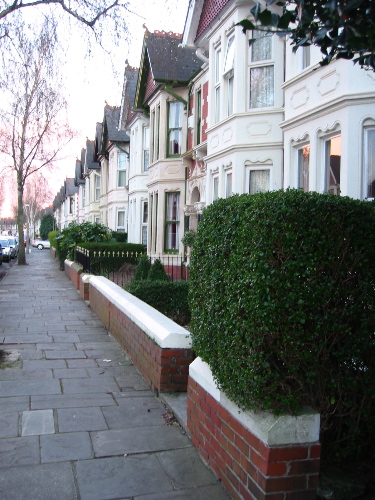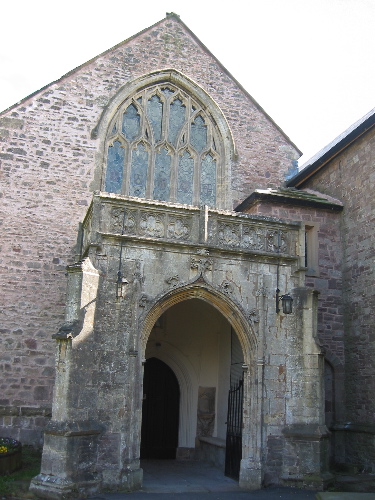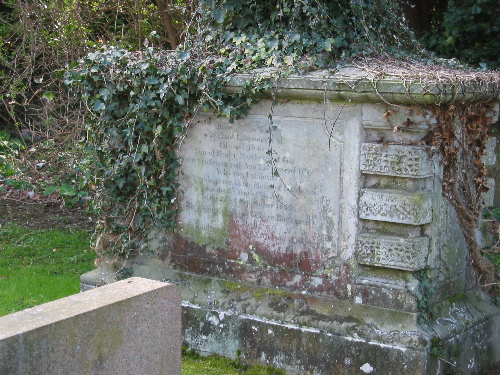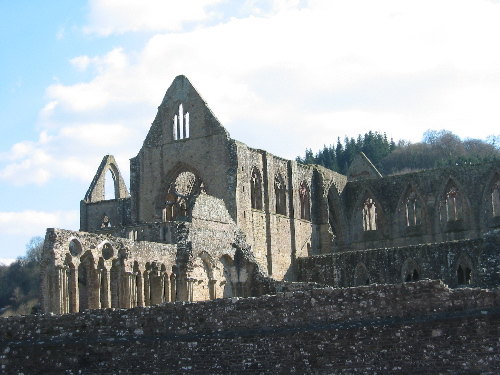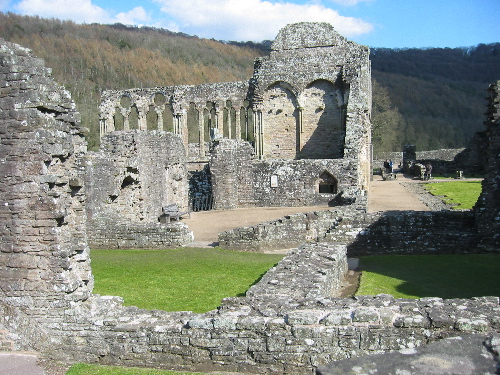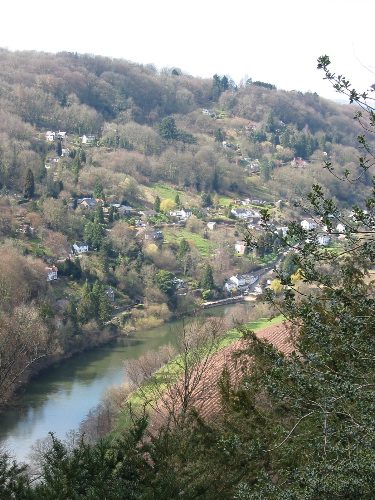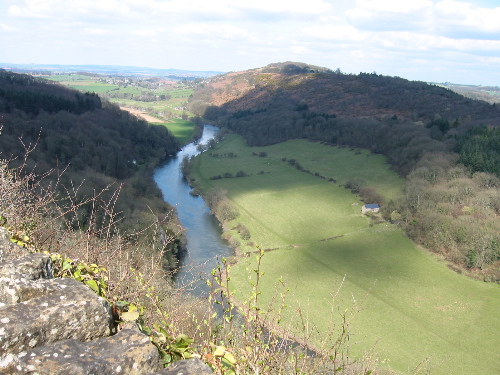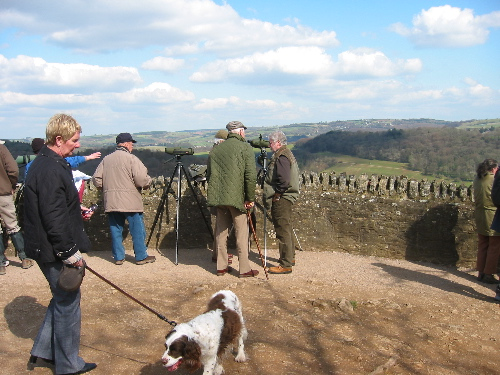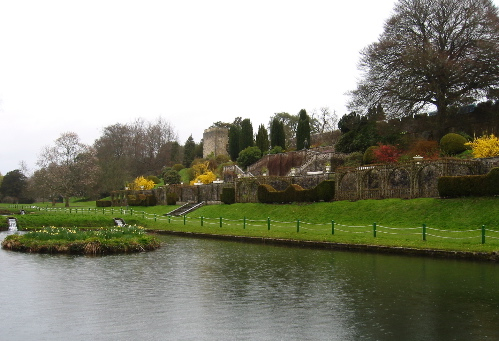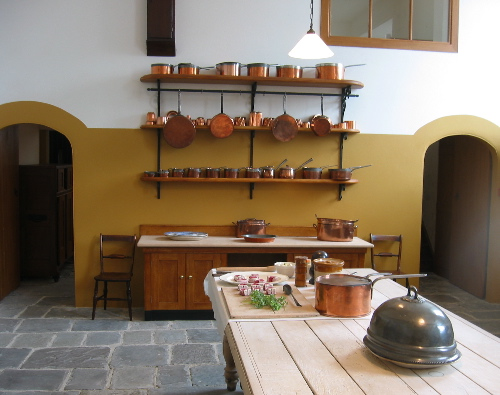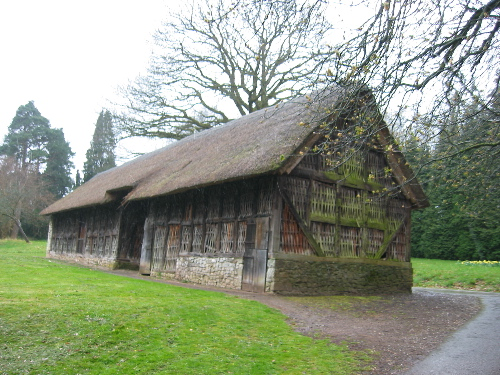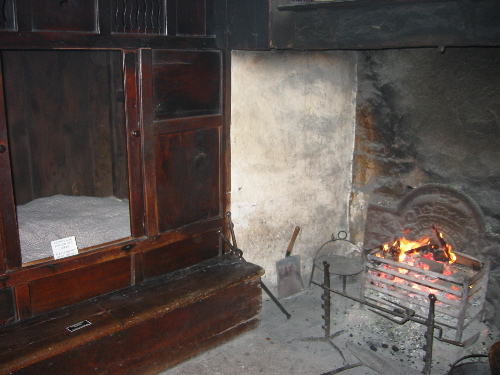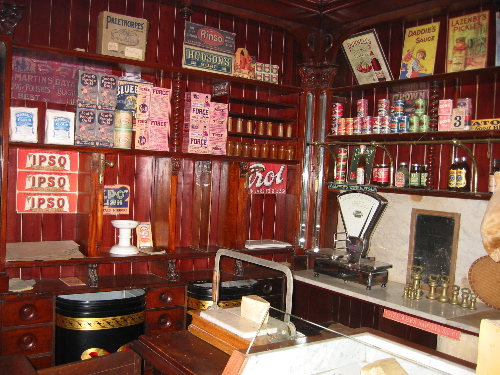After a seven hours plane ride to London and a three hours bus ride to Wales I am finally in Cardiff.
To get my “sea legs” back, my charming host Mr Tubbly (of web design fame) suggested a walk in the park. There are daffodils everywhere as they are the Welsh national flower (as is the leek!).
The temperature may be on the cool side but spring flowers are in full bloom.
The park we visit is called Roath Park and in the lake there is a miniature lighthouse in memory of Robert Falcon Scott who, in 1910, set sail from Cardiff to go explore Antarctica.
Several varieties of birds live here: Canadian geese and Mallard ducks among them.
The next morning, I am ready to explore the city. We head for Cardiff Castle.
The first buildings originate with the coming of the Romans in the first century AD. After the Norman Conquest, the Castle’s Keep was built and a number of medieval fortifications and dwellings followed.
The Castle fell into possession of many noble families, until, in 1766, it passed by marriage to the Bute family. The 2nd Marquess of Bute was responsible for turning Cardiff into the world’s greatest coal exporting port. His son John, the 3rd Marquess, hired a famous architect, William Burges to transform the castle lodgings. He created lavish and opulent interiors, rich with murals, stained glass, marble, gilding and elaborate wood carvings. There is even a Mediterranean rooftop garden complete with fruit bearing orange trees. Unfortunately we were not allowed to take photographs inside the castle, but I did indulge outside where there was a medieval re-enactment being staged.
On the way back we walk through a farmer’s market located inside a former prison. The various stalls occupy the old cells; their number is still visible above the shop’s name as is the central guard tower.
In the afternoon we head out for Cardiff Bay. The area has been totally refurbished. A barrage has created a vast fresh water lake. A number of stunning modern buildings stand out: the new Welsh assembly building with a mushroom shaped wood interior
and the Wales Millennium Center with its immense façade made of bolted pieces of steel and boasting an inscription in both English and Welsh. The rest of this building is an assemblage of stone, wood, metal and glass.
All these constructions circle a huge central plaza known as the Oval Basin. One structure stands out: it is a shiny column that becomes a fountain in summer.
A bit closer to the water a very old Norwegian church still stands guard.
A scuplture depicting a miner reminds us of what was the main industrial activity of this area.
We ended the day at a typical country pub called the Maenllwyd
The next day is totally different as we set out for the coast. Breathtaking windswept cliffs, sandy beaches, rolling pastures.
Sheep roam free and like to scratch themselves on bushes leaving tuffs wool on low branches.
After going west we next head northeast towards the Forest of dean where we visit several charming villages. I cannot get enough of the rows of houses with their tiny walled gardens and bay windows; some are obviously quite old when you consider their front doors that are hardly 5 feet high. There are a few traditional red phone booths standing.
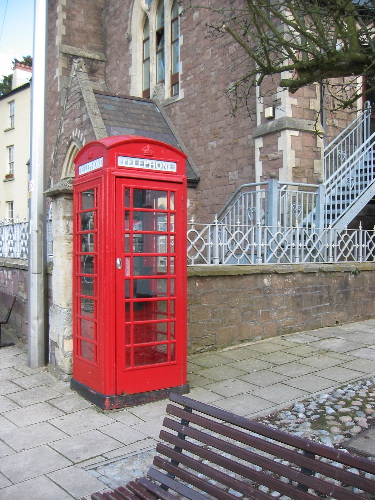
In Usk we visit St Mary’s church, which has a very ornate and unusual organ, with pipes pointing outwards rather than upwards.
In Tintern we walk around an Abbey, dating back to the 12th century. Built by Benedictine monks, although partly destroyed, it still conveys the feeling of its former grandeur.
In Clearwell we visit a coalmine going down 100 meters, in dark eerie caves.
We also stop in Symonds Yat, where we come upon a bird watching post. The view is spectacular and thanks to powerful binoculars we get to watch peregrine falcons. We are told about one particular couple, which is unusual in that the female is better at hunting than the male so she does most of the food gathering for their young. The reason seems to be that the male must have been raised in captivity as he has a ring on his foot, so he never had to hunt for his food until his probable escape.
On my last day, as the weather is a bit rainy, we spend the morning in St Fagans, the museum of Welsh life. There is a castle (or grand house) set amid awesome gardens. The rooms are furnished which makes the visit all the more interesting. The kitchen (as usual) caught my eye.
Over the grounds are several buildings, such as stables, woolen mill, and boathouse.
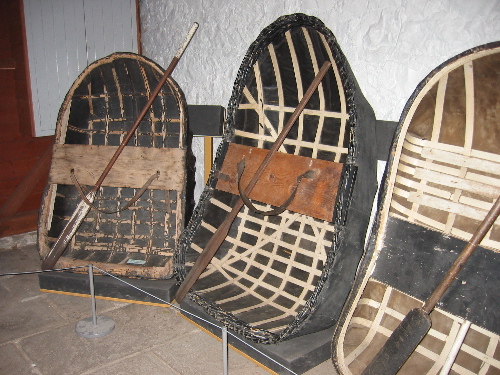
A little further is a “village” regrouping houses from different periods of Welsh history, even a few thatched roofed houses.
There is a general store with boxes of products that I remember seeing as a child, a few of them still exist today…
And to finish my stay with a flourish we went to see a musical in the Millennium center. An Andrew Lloyd Webber creation called the “Starlight Express”. Great show! Wonderful costumes and dancing…and rollerblading as all the characters are on skates.
This ends my too short stay in Wales!
Hywl!
